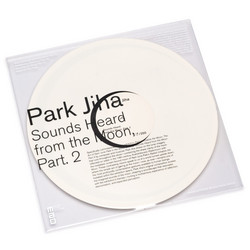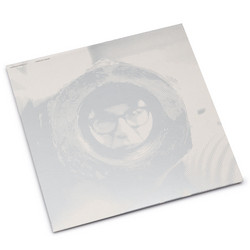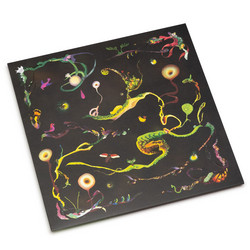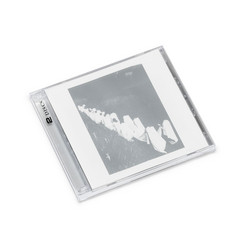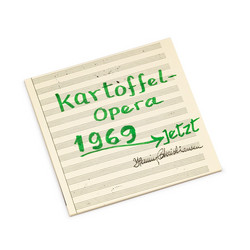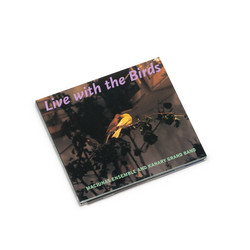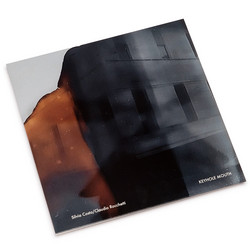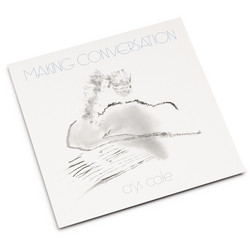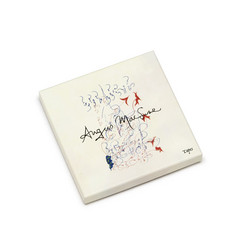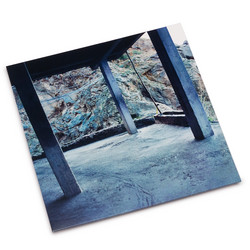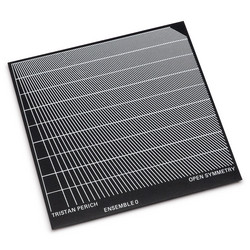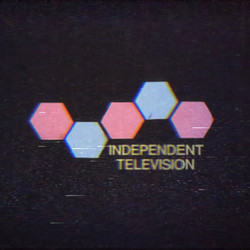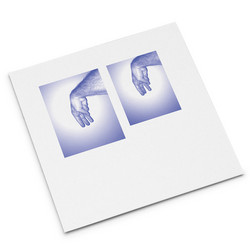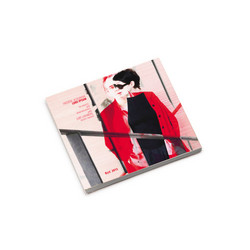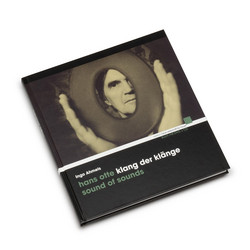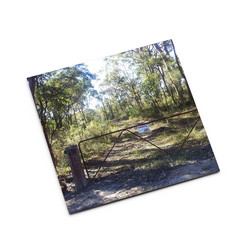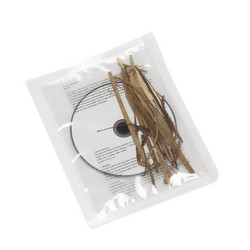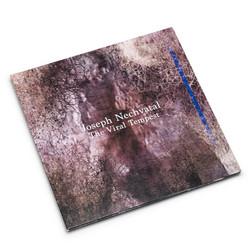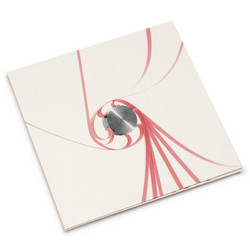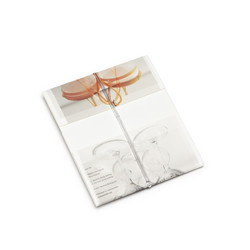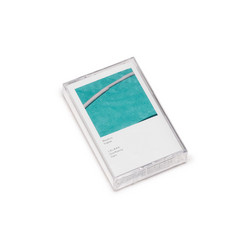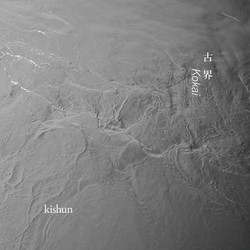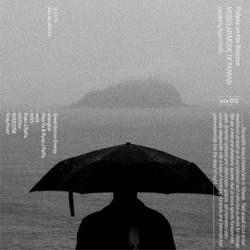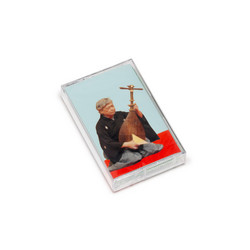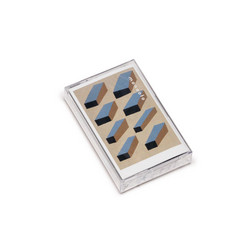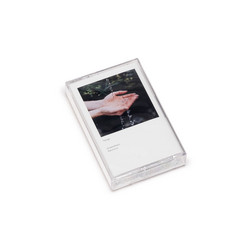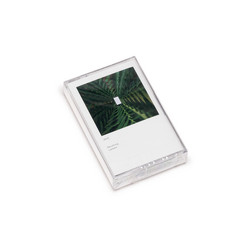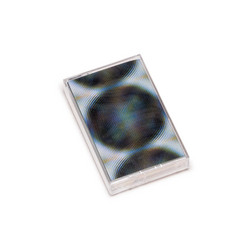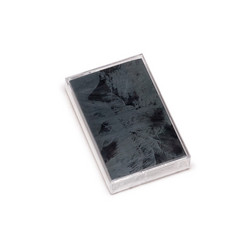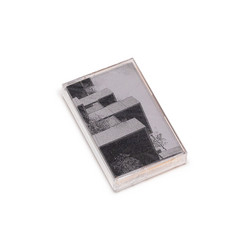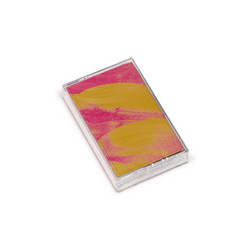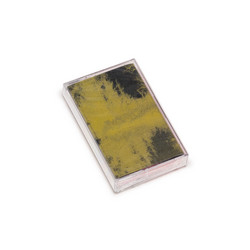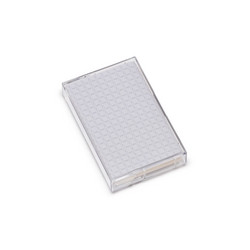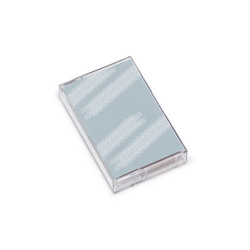Anton Webern Variations for Piano, op.27 I – III
I programmed the notes of the composition with a Yamaha QY300 sequencer. Then I processed the recorded sounds with a ring modulator that adds complex overtones to it. When the carrier frequency of the ring modulator is changed, the overtone component also changes. It produces a sound similar to Cage’s prepared piano. It would be difficult to change the setting of it in the middle of a piece while you play it in the real world. The fun part of DTM is that this kind of thing can be done so easily.
Word of Bird
I imagined a conversation between different species of birds that I don’t think exist.
Minimal Raga
Consider a scale based on the seven notes of the major scale with variations: 1 degree and 5 degrees are fixed, double flat and double sharp are not used; if 2, 3, 6, and 7 can be varied to flat and 4 to sharp, the result is a scale of 32 (Including the original major scale). If we extend the range of variation to include double flats on 2, 3, 6, 7, etc., then we have 72 scales just like the scales of the Mēḷakarta in Carnatic music theory. The original Raga is a mode, not a scale, because of the rules in the way the notes move, but here, using the one of the above 32 scales, we are going to “play” in a minimalist way, let’s call it a “Raga-style” play. I used the fourth of the 32 scales (12345♭6♭7) to create a four-part pattern, with the notes of each part changing in turn every four bars. If you like this track, you can listen to the Raga called Charukeshi of Hindustani classical music which has a more profound mood.
Kind of Drone
There is a record by Takehisa Kosugi’s called “Catch Wave”. It is a classic of contemporary drone music, with a VCF-modulated drone sound throughout the piece. The author participated in Mr. Kosugi’s music class at “Biggako” in 1975, where Mr.Fujita (Kosugi’s technical stuff) gave me a unique VCF circuit diagram, and I built the hardware based on it by myself. The VCF I made at that time is also used with regular VCO in this piece. Other sounds used in this track include the sound of waves, voices, and a violin.
Cover image generated using the pattern generation software “Pré-Colombiano #1” by Andrei Thomaz, based on a pattern found in a pre-Columbian textile from Inca culture, Peru
Layout designed by Graphic Potato
